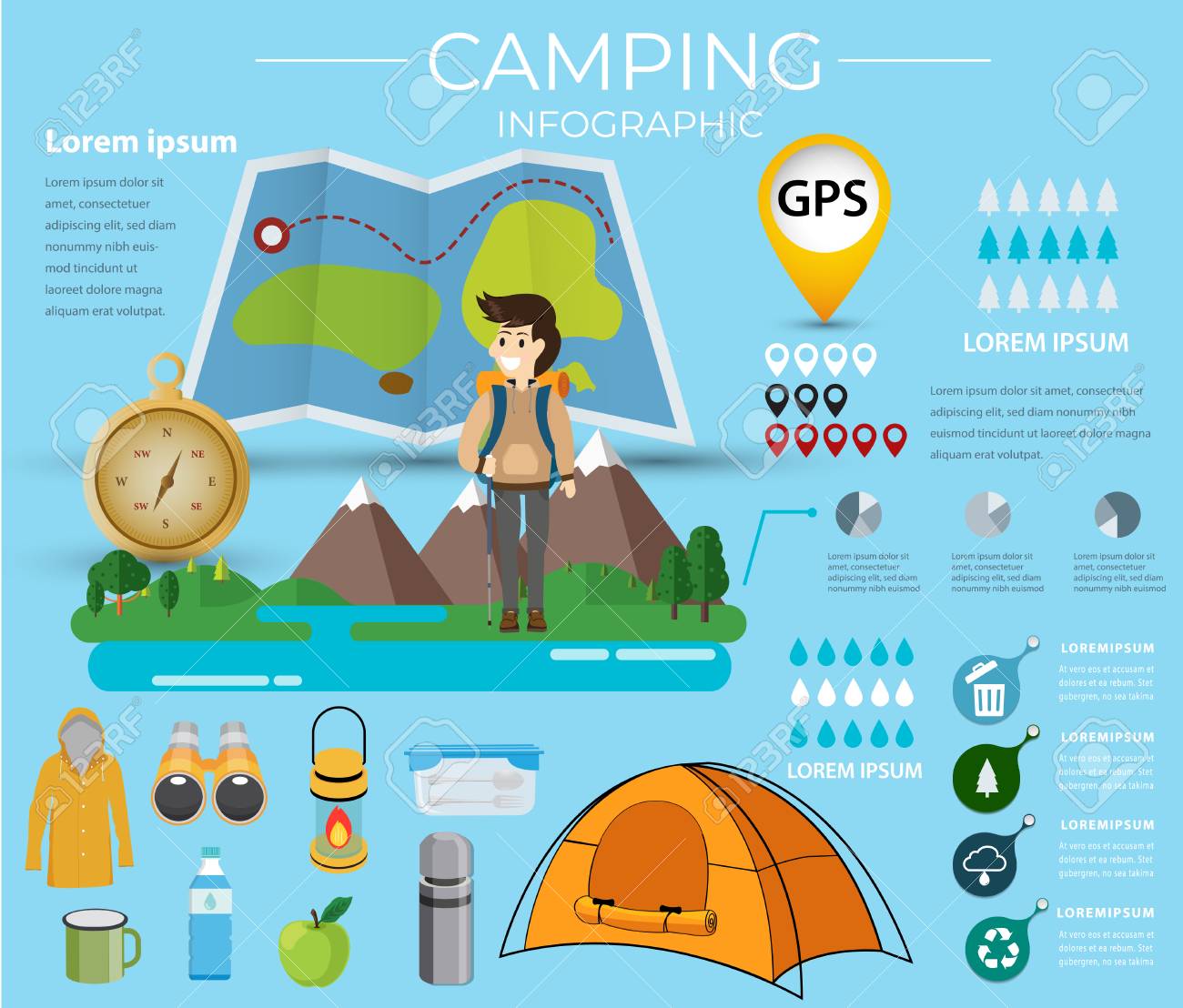A variety of elements can affect night sky digital photography. From climate condition to upcoming holy events, you'll wish to plan ahead to make certain success.
What are the best family tents?
The shutter rate you pick identifies whether celebrities look like precise pin-points or path throughout the photo. A great guideline is to limit the direct exposure to 500 seconds, or the matching of your lens's focal length.
Area
Among the most crucial consider a great photograph is where you take it. Go for areas with minimal light contamination, and stay clear of locations that have intense city lights and skyscrapers.
Additionally, try to find a place that uses foreground components to create compositions with. For example, dune patterns, wind-sculpted ridges and rough outcrops can all supply intriguing foreground elements to aid inform the story of your night sky photo.
It is additionally valuable to research study expensive occasions such as meteor showers and lunar eclipses to make the most of opportunities for fantastic pictures. Utilizing a device such as the Digital photographer's Ephemeris can be incredibly useful when intending your shoots. It aids you to determine moon phases, Milky Way position and other astronomical occasions. Also, consider shooting in RAW layout instead of JPEG as this offers you extra flexibility when processing the pictures. This is specifically real if you intend to print your images.
Electronic camera Settings
Obtaining the ideal cam settings is important for any type of photograph, however particularly so for night skies images. A wide-angle lens is best for capturing more of the Galaxy and reducing celebrity routes, along with a much longer shutter rate to quit the motion of celebrities and disclose their information.
For a maximum degree of clearness, shoot in RAW style as opposed to JPEG, which permits you to preserve even more information and supplies versatility throughout post-processing. This can additionally include in submit dimension, so make certain you have a lot of storage room and added sd card on hand.
Establish your emphasis to hands-on focusing by turning the AF/MF switch on your lens into MF mode. You may require to take a couple of examination shots and check the photo playback on your video camera's LCD display up until you achieve best, pinpoint hand-operated emphasis. It's a great idea to do this throughout the day with your picked lens and the place you will be contending night, to validate the accuracy of your emphasis setting.
Lighting
A good night skies image requires the appropriate conditions. This consists of a dark sky, however additionally an interesting foreground aspect such as a hill imminent, a lake to mirror the stars, or a human aspect like a barn or shed. You can also use a headlamp to brighten the foreground and add some dramatization or depth to your picture.
One of the most important cam settings for night skies photography are the aperture and shutter rate. The bigger the aperture, the much more light that gets to the sensing unit. This enables you to record bright celebrities in a reasonably short amount of time.
The shutter rate determines whether your stars will certainly be pin-point ideal or if they will certainly look like star routes because of the Planet's rotation. Make certain to take multiple long direct exposure shots and pile them in post-processing for the best outcomes. Last but not least, shoot in RAW mode to provide on your own optimal latitude in post-processing.
Composition
The trick to attractive star shots isn't a high-end telescope, a brand-new wide-angle lens or a top-of-the-line Canon or Nikon video camera. It's method, preparation and luxurious tent make-up.
For starters, search your shoot place beforehand to get a feel for the design and potential compositions. Think about including foreground elements such as rocks, a lake or alpenglow on the landscape to add character and passion to your images.
Remember the Guideline of Thirds when composing your pictures. This simple principle assists equilibrium and link images. It's also helpful for concentrating on sights in your image, such as rock features or the Milky Way. Also, keep in mind to intend your shoots around moon stages-- capturing at a moon can overpower stars and create a silhouetted shape, while firing on evenings with a new moon can aid you see constellations more clearly.
What are the 4 types of tents?
